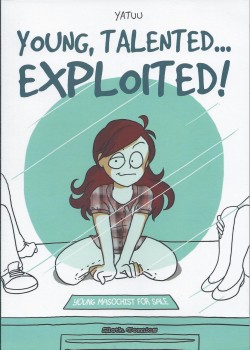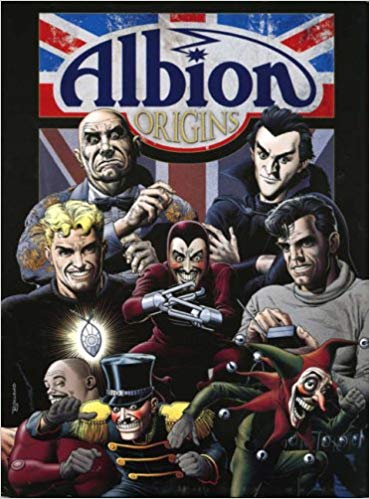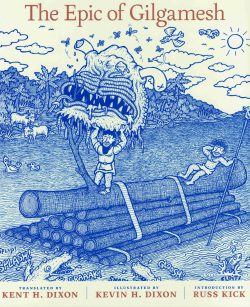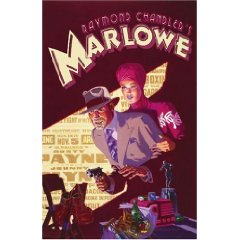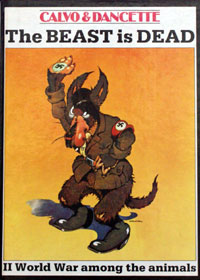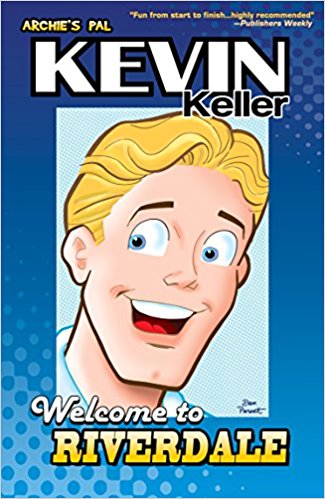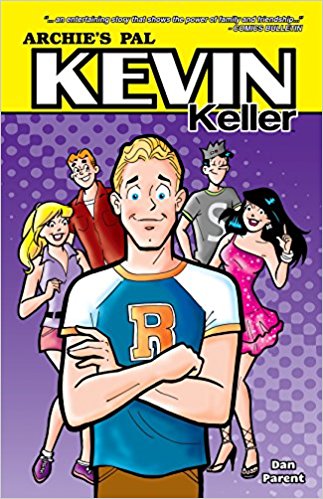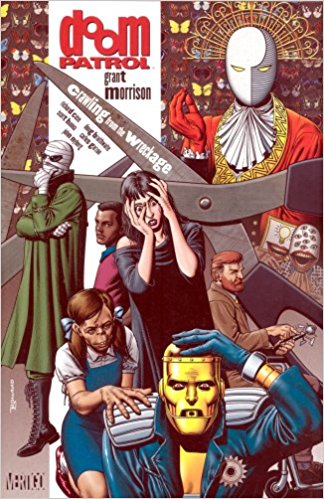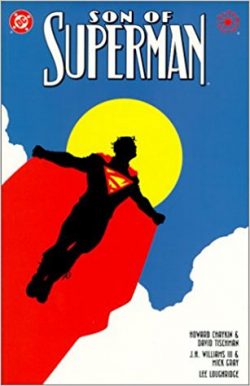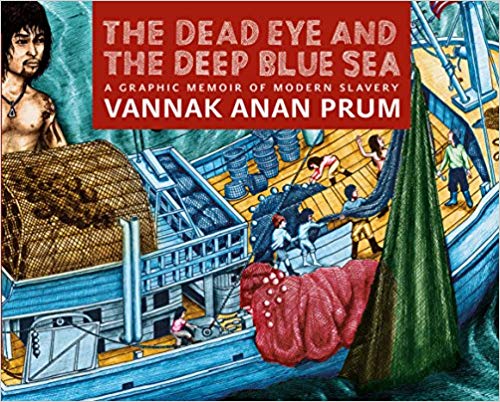
By Vannak Anan Prum, as told to Ben & Jocelyn Pederick and translated by Lim Sophorn (Seven Stories Press)
ISBN: 978-1-6098-0602-6
This book made me furiously angry, but that’s good because it was supposed to.
Despite years of shocking scoops and in-depth news reports, far too many first world citizens seem blissfully unaware that human slavery still thrives.
In fact, the practise of enforced, unpaid labour props up a vast number of businesses and industries; from migrants and homeless people used as beasts of burden by British gangs masquerading as builders (like the Rooney family recently sentenced to decades in prison) to young hopefuls trafficked into a global sex market or entire populations captured or conned and compelled to till fields or man fishing boats for companies and “entrepreneurs†little better than racketeers and petty tyrants.
At the root of all this appalling exploitation and upheaval is one unchanging factor: a desperate need to escape overwhelming poverty.
This breathtakingly low key and matter-of-fact tale is the testimony in cartoon form of Cambodian Vannak Anan Prum who went looking for work to pay for his pregnant wife’s medical care and was gone for years…
Bracketed by a fact-filled and frankly nightmare-inducing Foreword from activist and cartoon journalist Anne Elizabeth Moore (Unmarketable, Truthout), an equally sobering Introduction by Minky Worden – Director of Global Initiatives for Human Rights Watch – and a laudatory appreciation and call to arms by Kevin Bales (Professor of Contemporary Slavery and Research Director at the Rights Lab: University of Nottingham) in his Afterword, a compelling human-scaled odyssey unfolds here.
Rendered with the gently seductive warmth and deceptively comfortable lushness of a Ladybird early reader book, the saga of endurance and survival against the cruellest of fates begins with a ‘Prologue’ as a stranger enters a Cambodian village…
Vannak Anan Prum started life ‘Drawing in the Dirt’. He was born the year the Khmer Rouge were beaten by the Vietnamese, but his early life was still one of hardship, privation and family abuse. Barely more than a boy, he fled his home seeking ‘Adventure’, becoming first a soldier, then a monk and finally an artisan sculptor toiling in a workshop making tourist trinkets and statues.
His constant hunt for work led him to farming and he met the girl who became ‘My Wife’. When she fell pregnant, he had to make more money to pay for her hospital care. With village friend Rus Vannak followed a lead to Thailand and contacted ‘Moto & the Middleman’. After helping them in ‘Crossing the Border’ they soon changed from chummy helpers to sinister guards…
Apparently, the great secret to successful slave-taking is convincing the victims that the police, army and authorities are ruthless and will punish undocumented illegals and economic migrants: constantly dangling hope of good pay and promises of eventual freedom to keep their captives quiescent.
For Vannak and Rus ‘The Writing on the Wall’ is a clear but anticlimactic moment and after relatively painless incarceration they are shipped onto facilities ship ‘The Took Tho’. This vessel services a vast fleet of illegal fishing boats, pirating catches in other nations’ waters and manned by hundreds of men who only wanted to better themselves. Most never see land again once they are taken…
One such is ‘The Old Man’, whose fate led to Vannak being transferred to primitive fishing factory ship ‘The Took Oh’. Eventually, crushing routine takes hold, only barely broken by what happens to ‘Rus’…
‘Life on the Boat’ ruled Vannak’s world and any number of candidates for ‘The Deadliest Job’ were gratefully handled before the new man’s status was slightly elevated. After he started tattooing himself with makeshift tools, his ‘Writing on the Skin’ led to others wanting such decoration… and paying for it.
His artistic gifts were useless when the ship was chased by the Indonesian navy resulting in ‘Fire at Sea’ and Vannak’s trading to ‘The New Boat’…
Fresh horrors awaited here: murder, beatings and the shocking fate of the ‘Two Guys’ from Thailand, but there were also more serene moments with ‘My Friend K’Nack’.
Adding to the alternating dire tedium and frantic hardship, ‘Storms at Sea’ and consequent becalmed periods made ‘Days Stretch Out’…
At last, after the craft surprisingly neared land, a chance came for ‘Escape’. With Thai compatriot Chaya, Vannak chanced everything on ‘The Swim’ to an unknown jungle beach and kept going…
Once again hope quickly gave way to despair. In ‘The Monkeys and the Man Waiting for Us’ an idyllic pause and the aid of some helpful citizens took the escapees to ‘Police and the Chinese Man’, who promptly sold them both to a plantation owner known as ‘Crazy Boss’…
More months of slavery in what eventually turned out to be Malaysia followed, but again Vannak’s artistic skills proved invaluable and he made enough to obtain ‘The Phone’.
Contact established with the outside world, he prepared to be rescued, but when a drunken party dissolved into ‘The Fight’ Vannak and “co-worker†Theara were wounded by machetes and dumped into the custody of the local police who grudgingly took them to ‘Hospital’…
And here’s where the real injustices start piling up as the victims suffer ‘Yo-Yo Justice’. Although Theara is soon claimed by his family, illegal worker Vannak is arrested. However, in ‘Prison’ he is interviewed by German NGO worker Manfred Hornung who begins the convoluted process of freeing the abducted and enslaved Cambodian.
Sadly, that process takes months, and is perpetually hampered by police interference and the revelation of just who – and how influential – Crazy Boss is…
It’s still a long and torturous ordeal before the LICADHO (Cambodian League for the Promotion and Defense of Human Rights) can ferry the relieved and apprehensive Vannak ‘Home’…
This crushingly sedate, oppressively action-deprived story is an astounding testament to the will to survive, but that doesn’t mean it lacks power, merit or moment. Life simply isn’t a three-act summer blockbuster with exploding helicopters, sexy vamps and Mikado-esque just deserts doled out to the endless chain of truly evil, corrupt bastards entrenched at every stage of the modern slavery system, with hands out and blind eyes turned to the plight of those they’re supposed to protect and serve.
In actual fact, the only thing they really fear is exposure and that began when Vannak – still desperately seeking to earn a living – started drawing his five awful years of experiences as strips. These were seen by film makers Ben & Jocelyn Pederick and one of the results and repercussions is this book…
As seen in ‘Epilogue’, there will be more to come…
A truly remarkable story of a quietly indomitable man who turned survival into a waiting game and patience into his weapon, The Dead Eye and the Deep Blue Sea is a book everyone should read and every exploiter should dread.
Text and images © 2018 Vannak Anan Prum. Foreword © 2018 Anne Elizabeth Moore. Introduction © 2018 Minky Worden. Afterword © 2018 Kevin Bales. All rights reserved.


